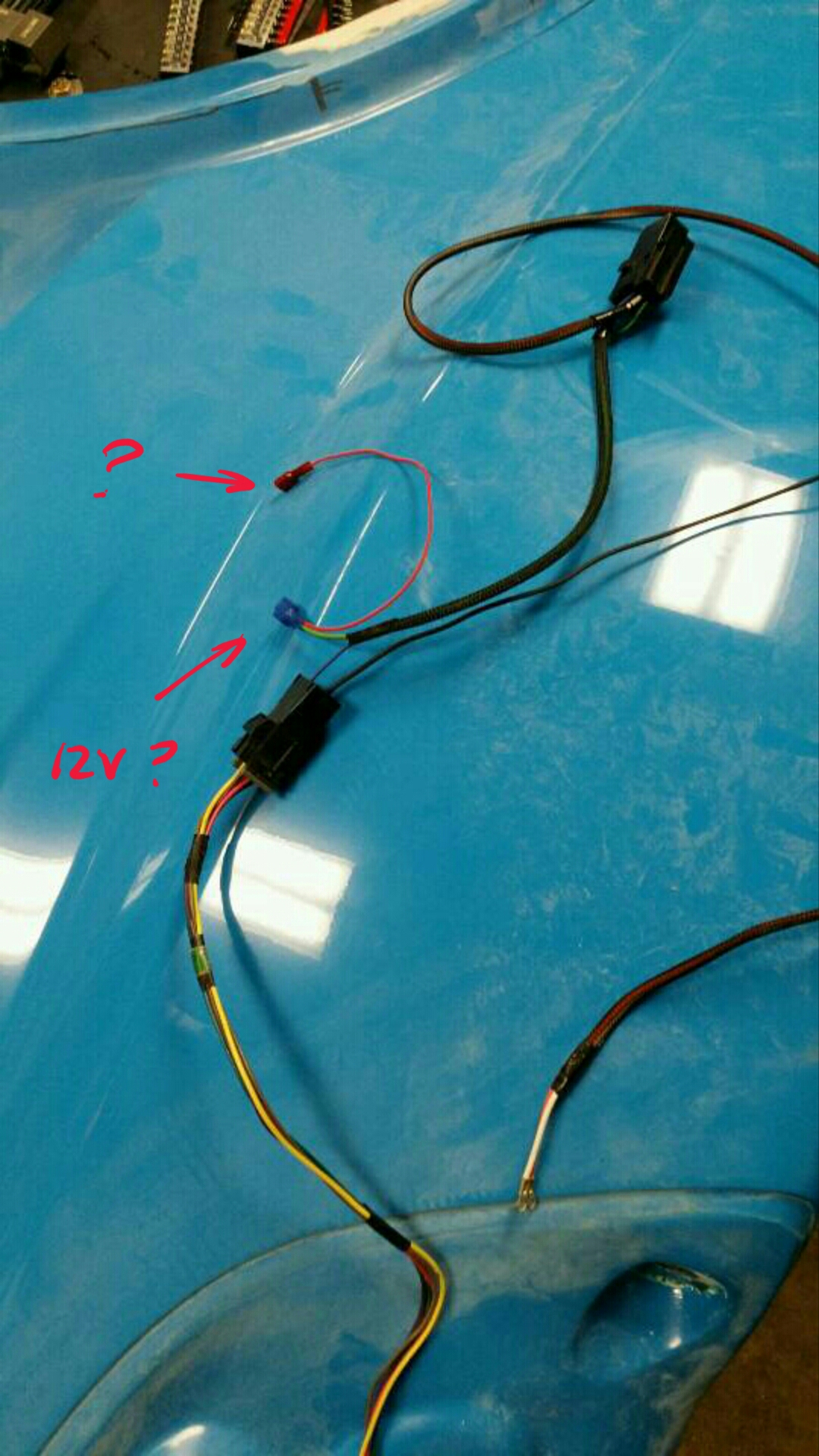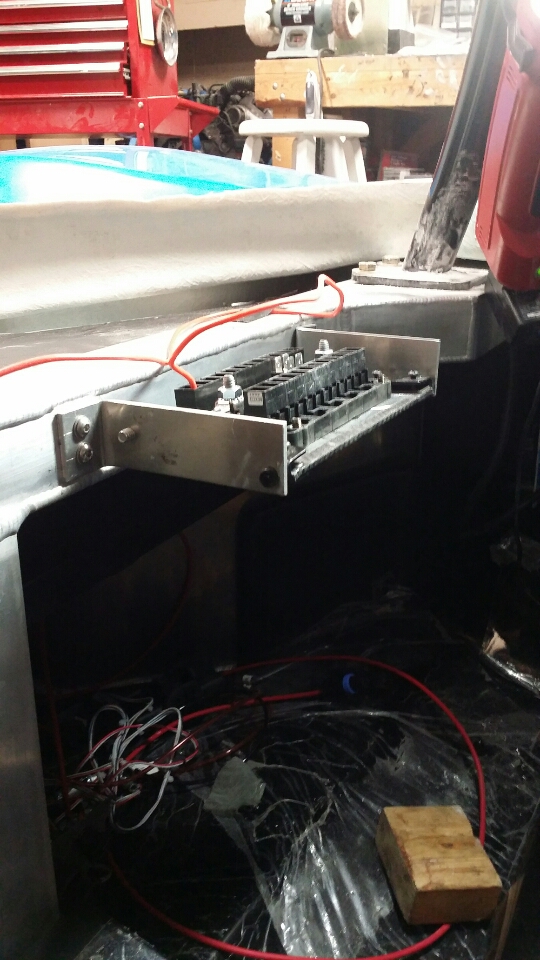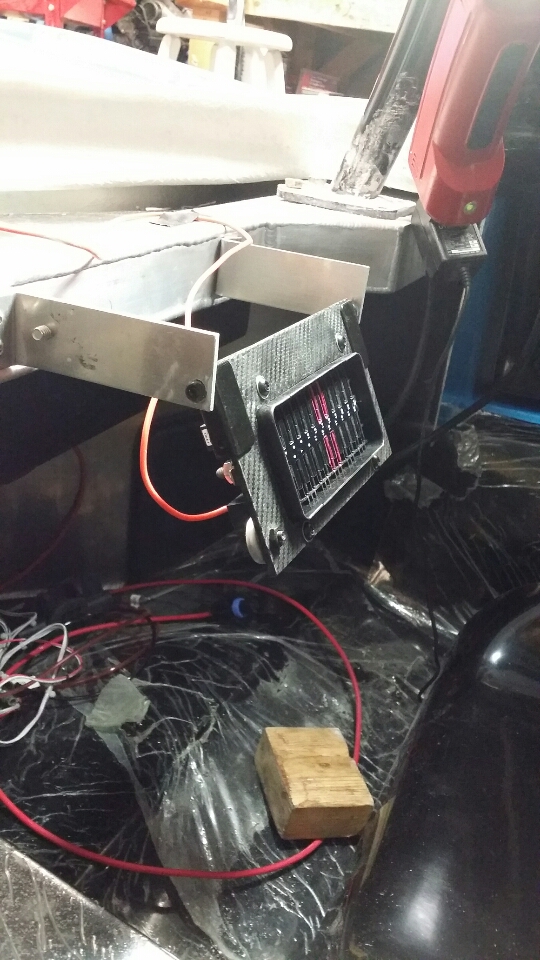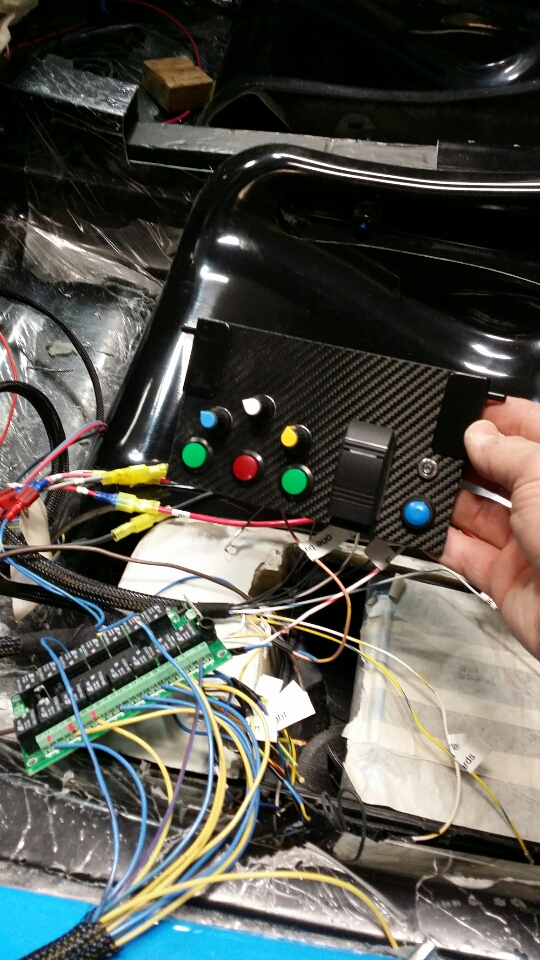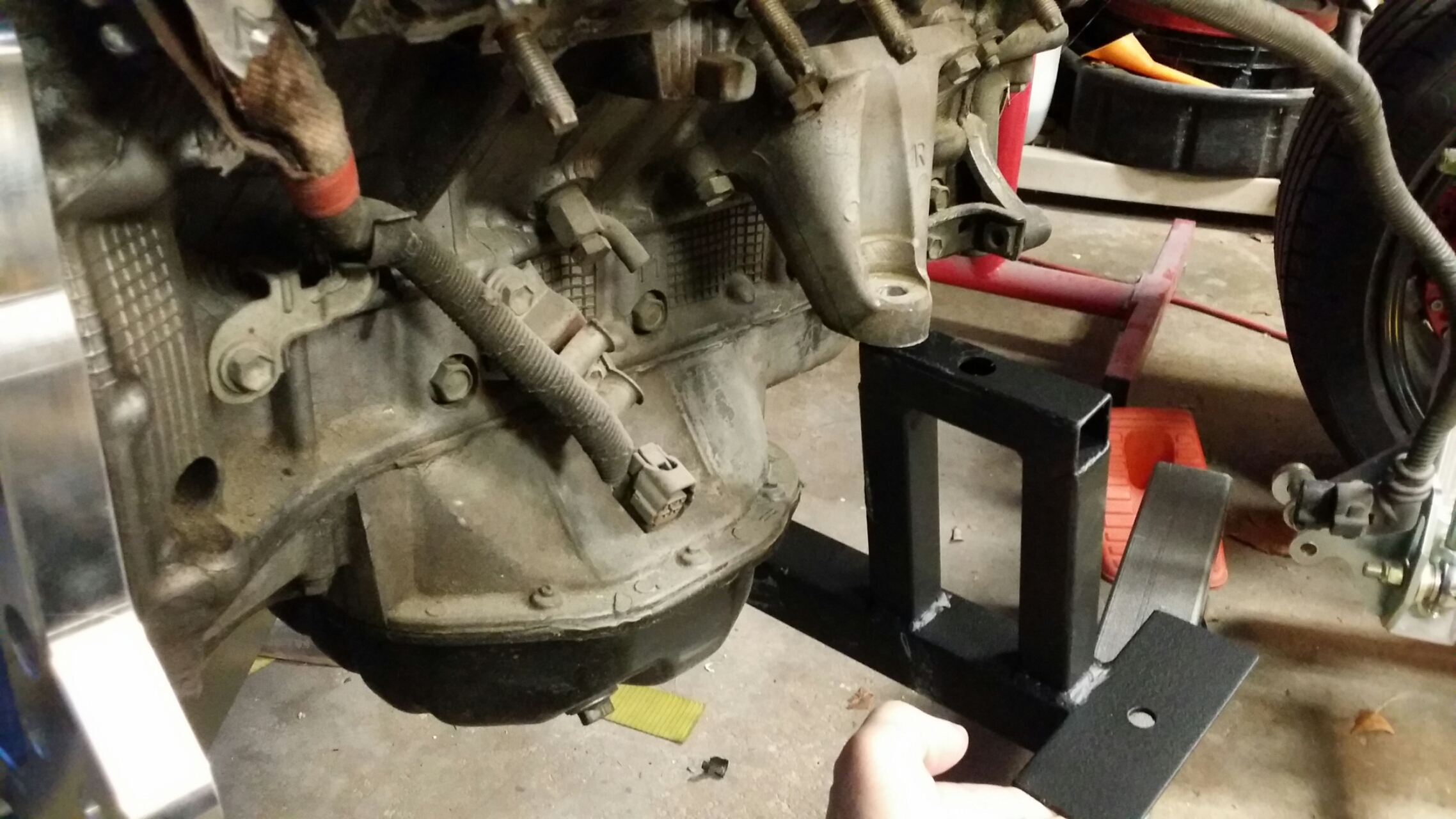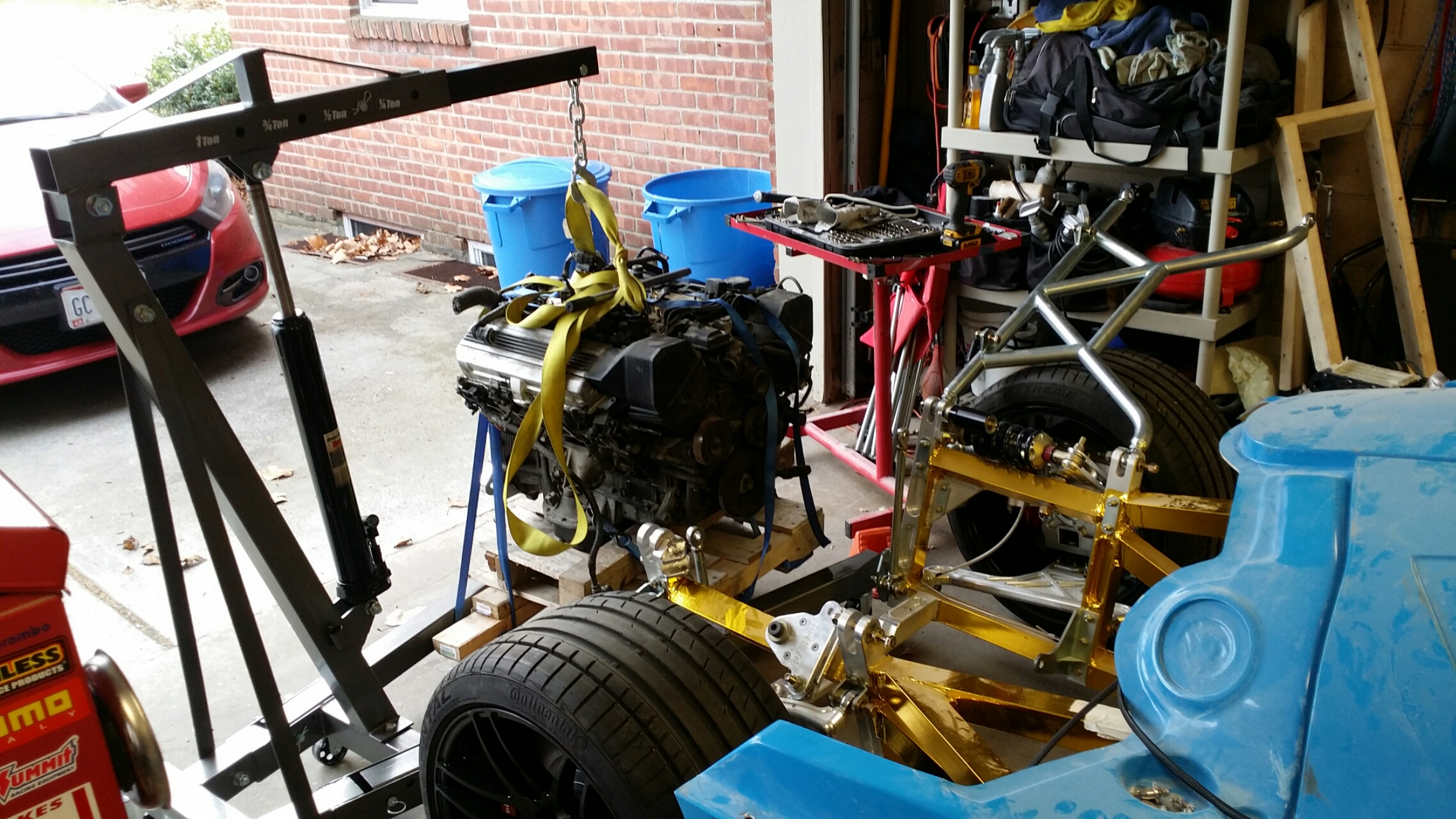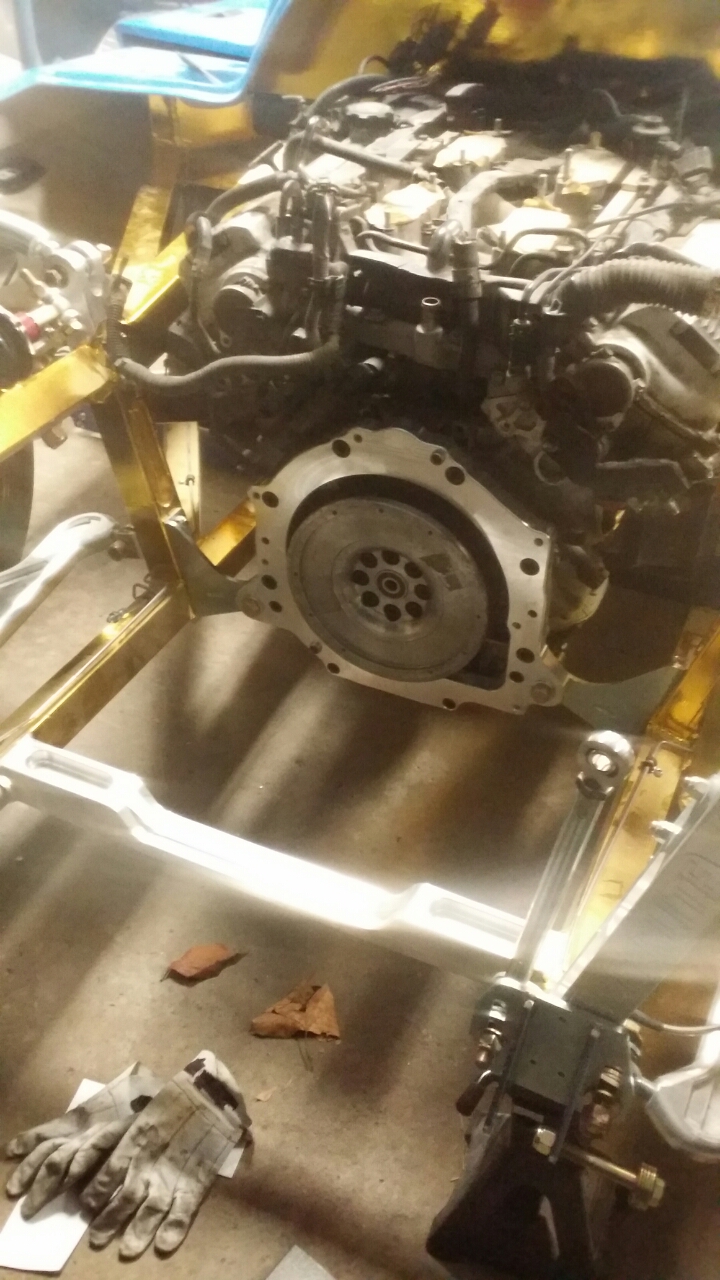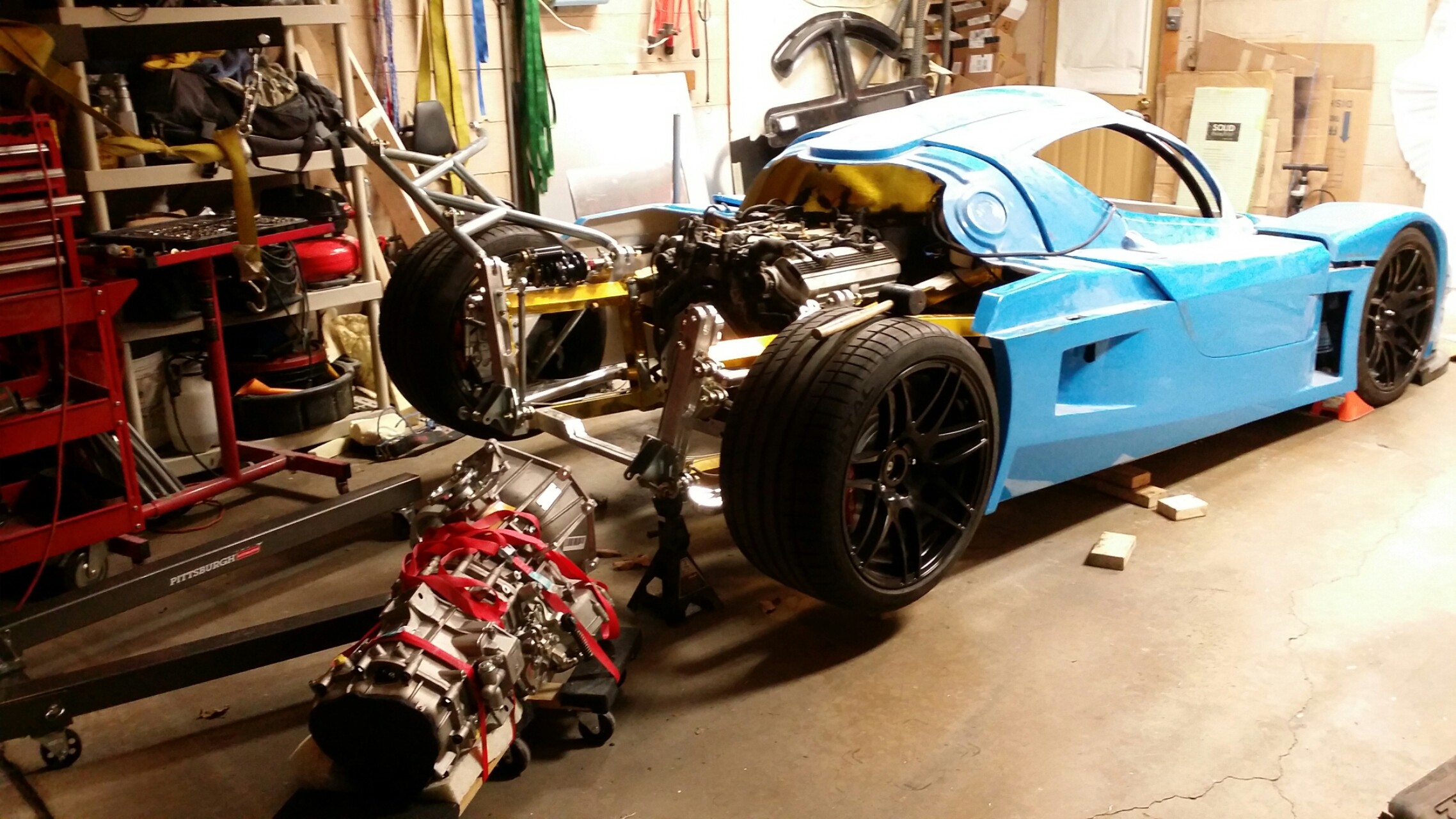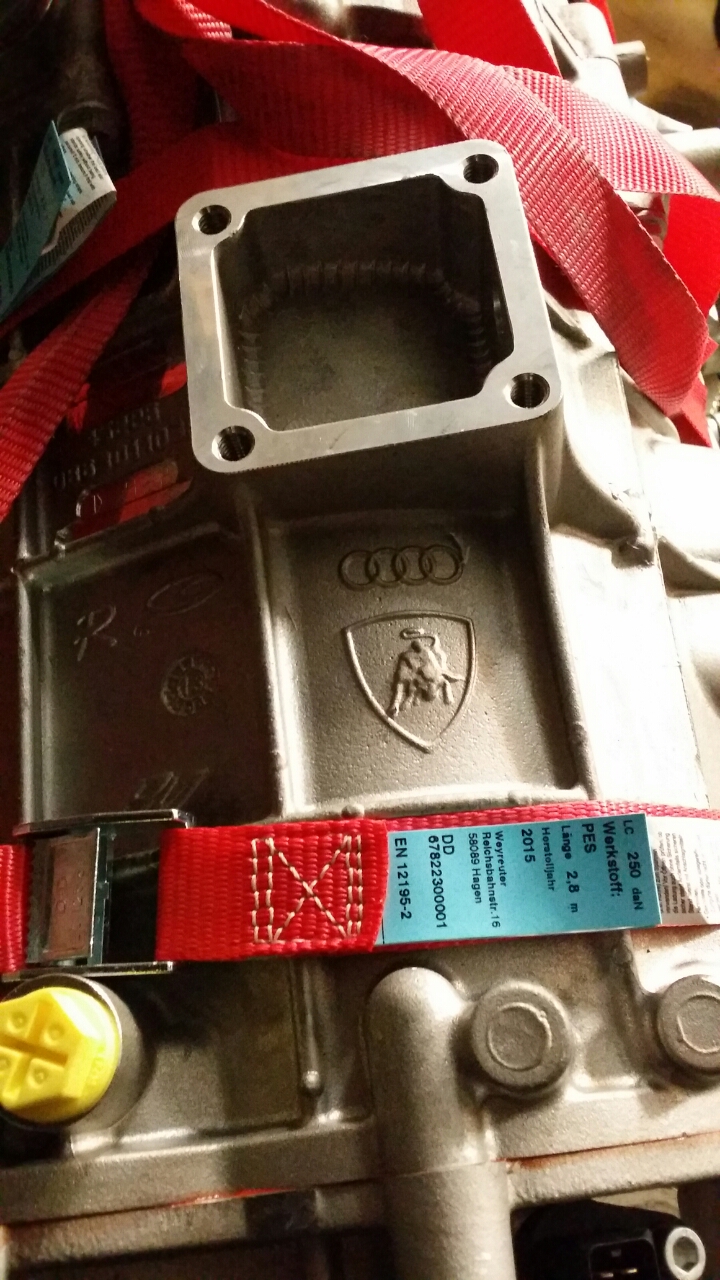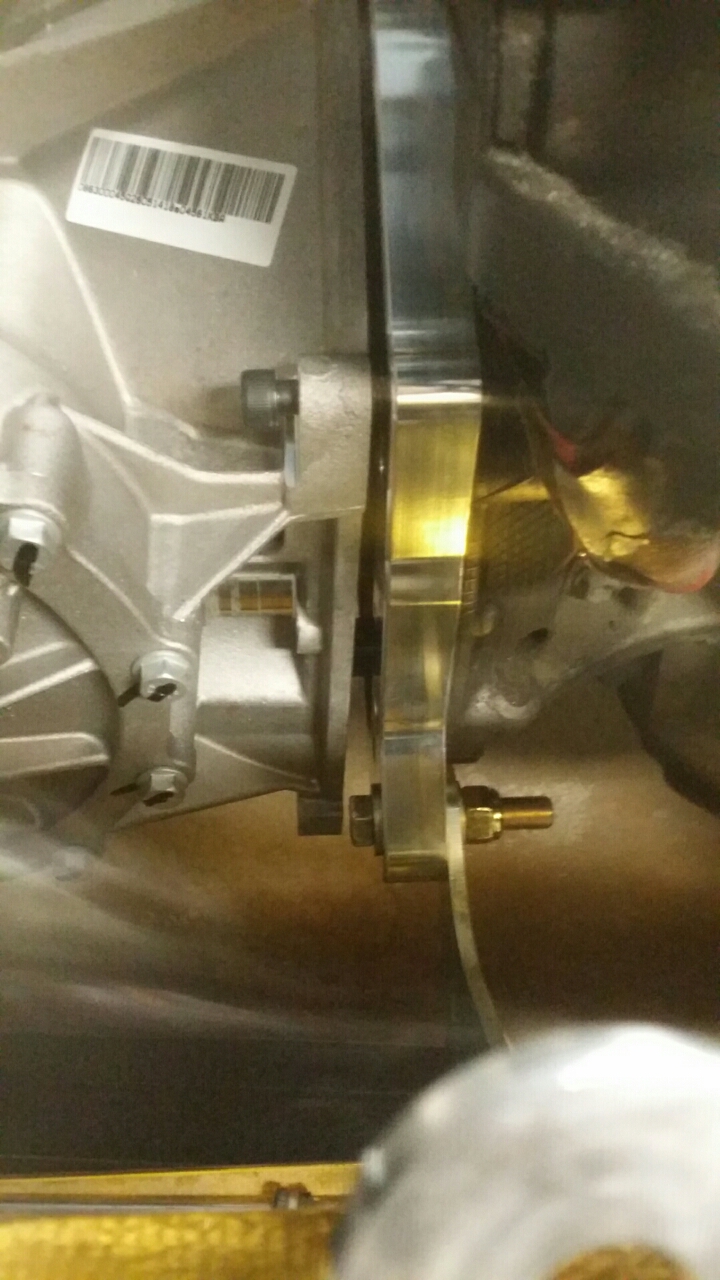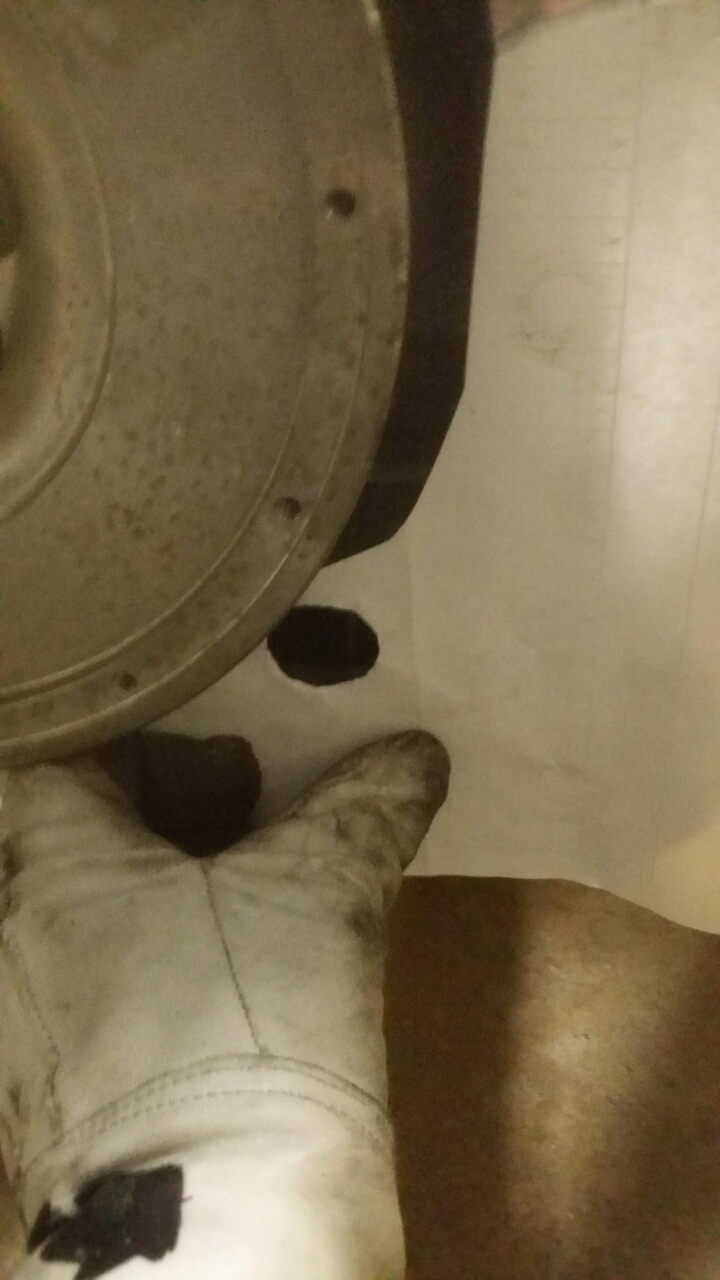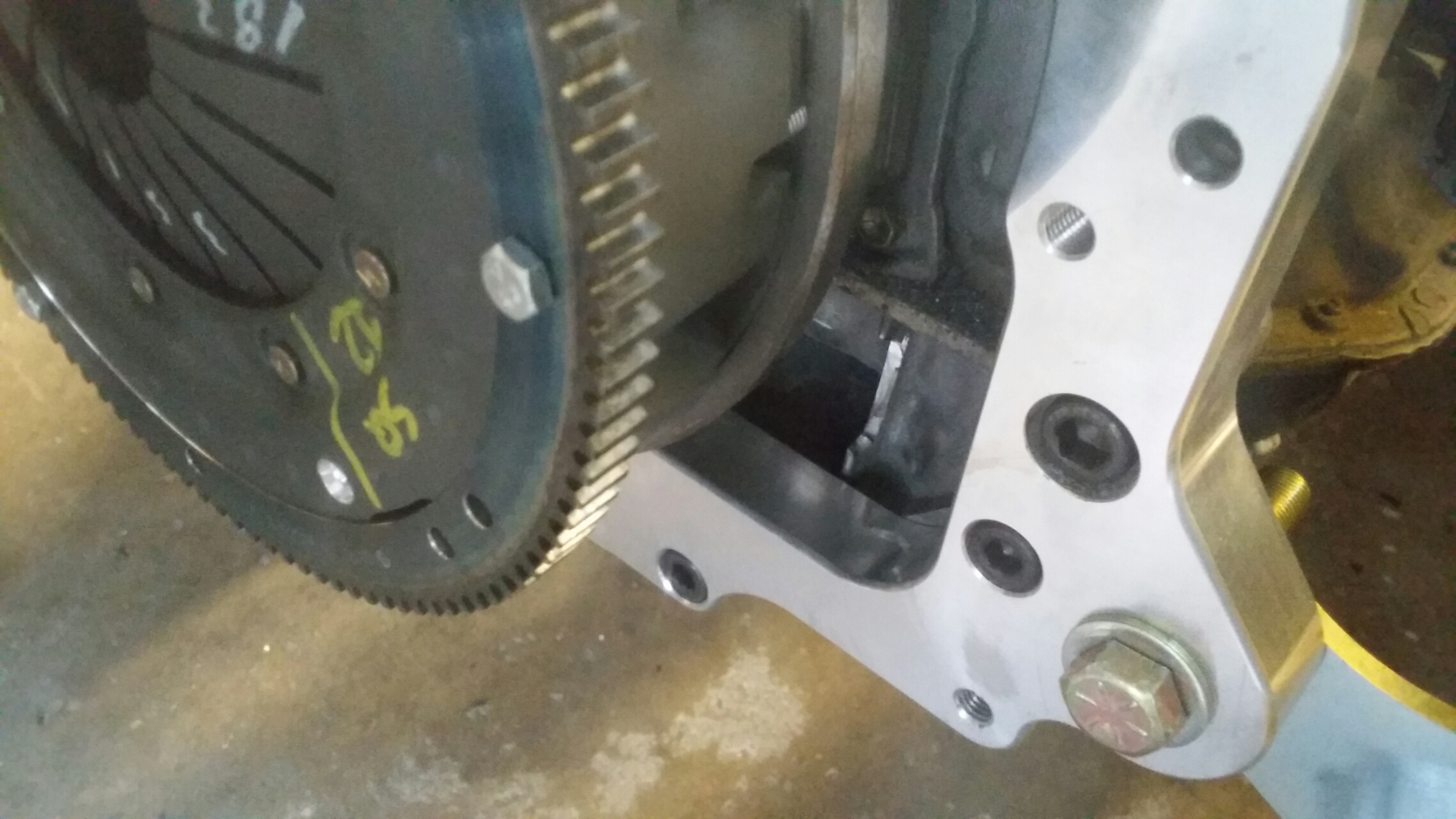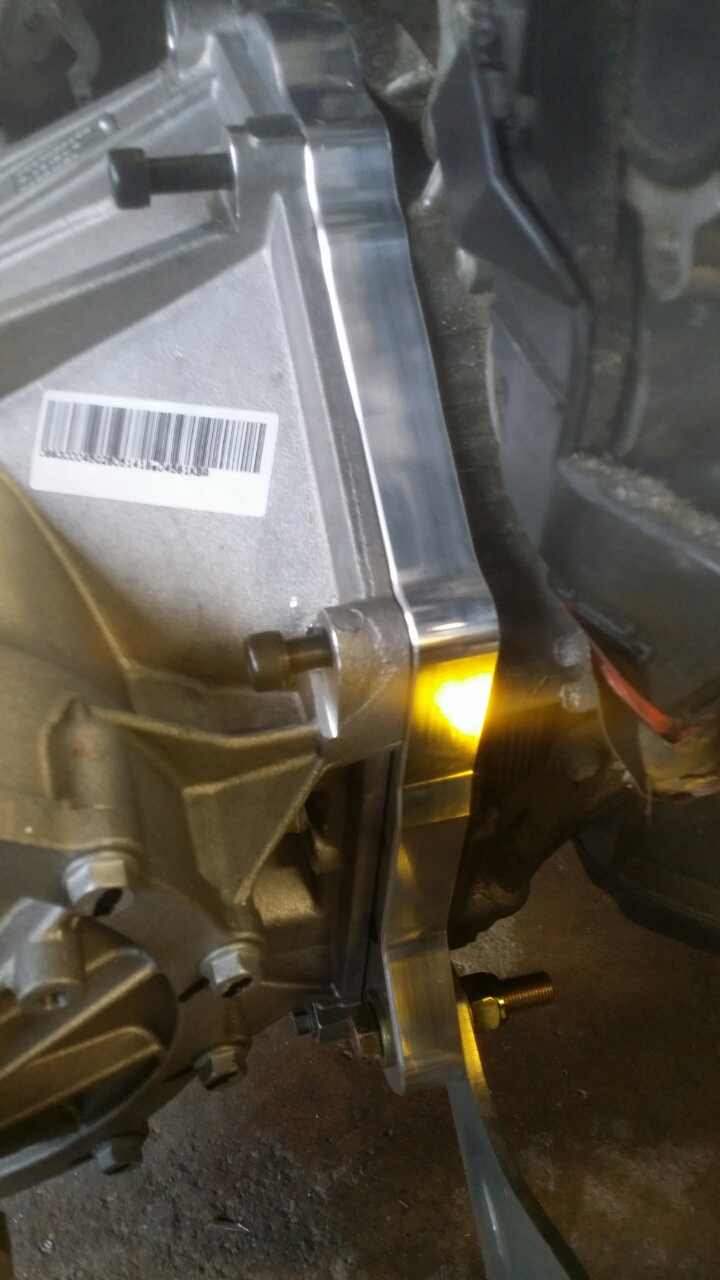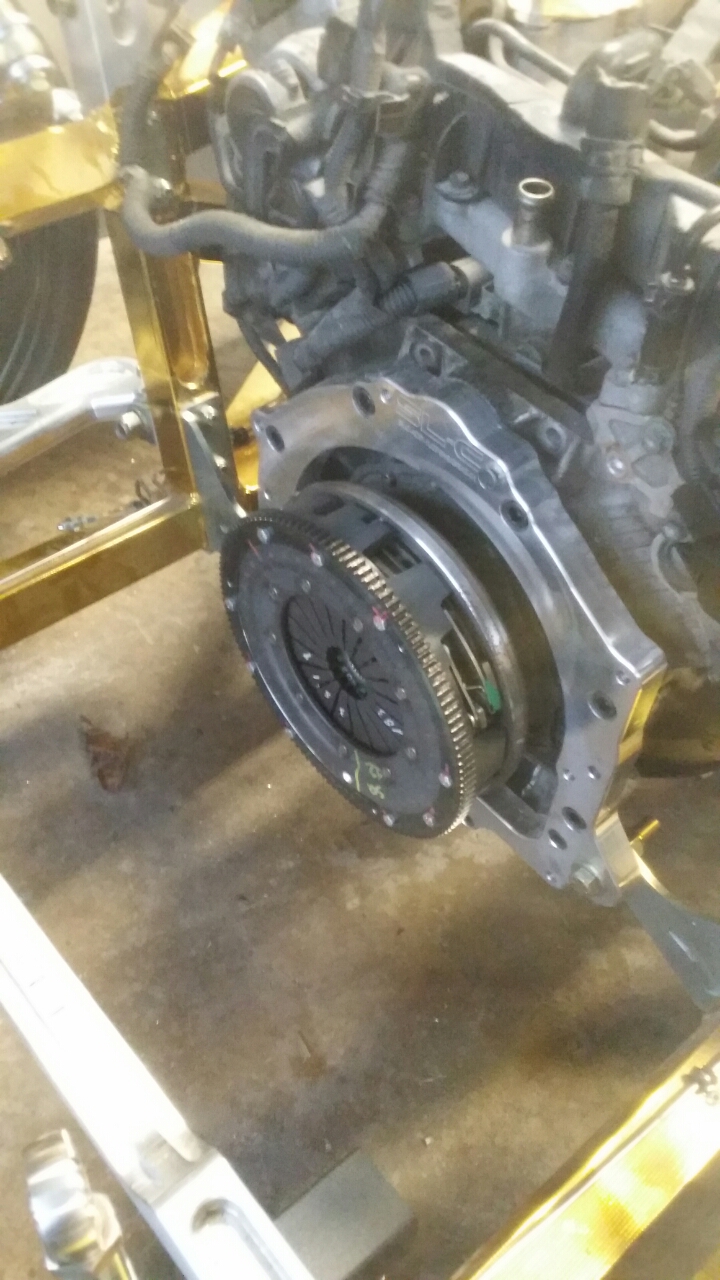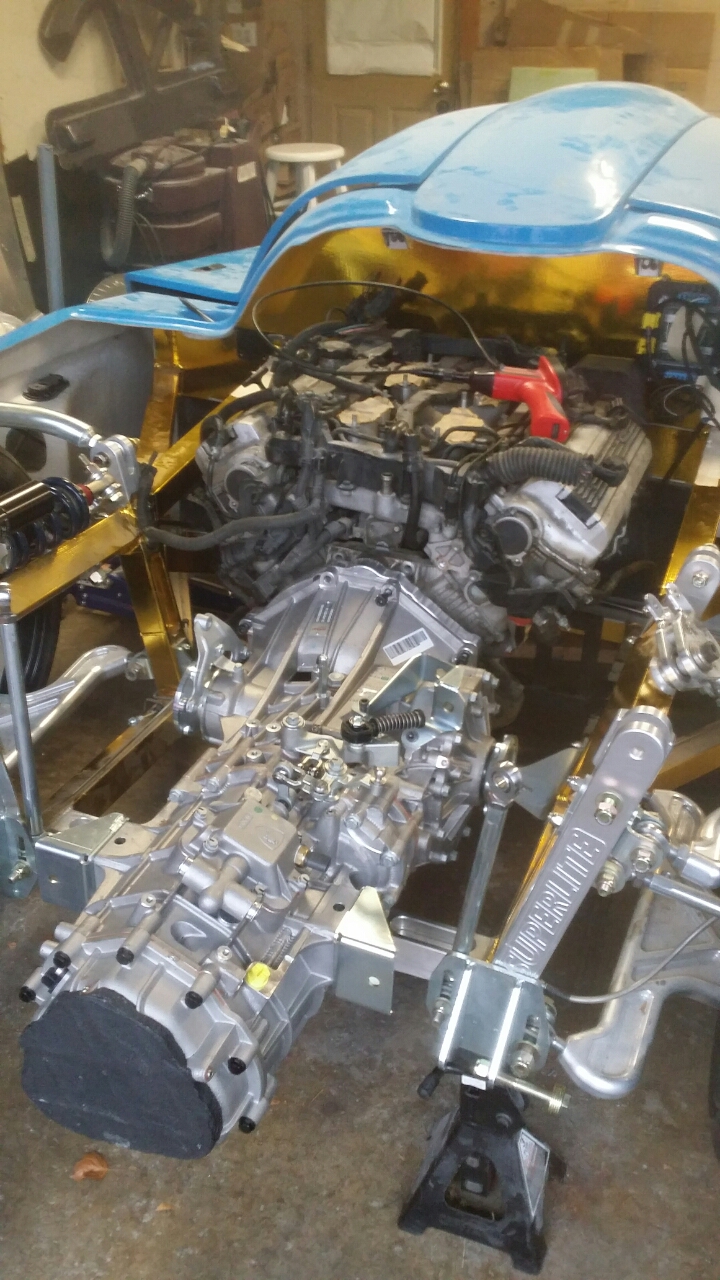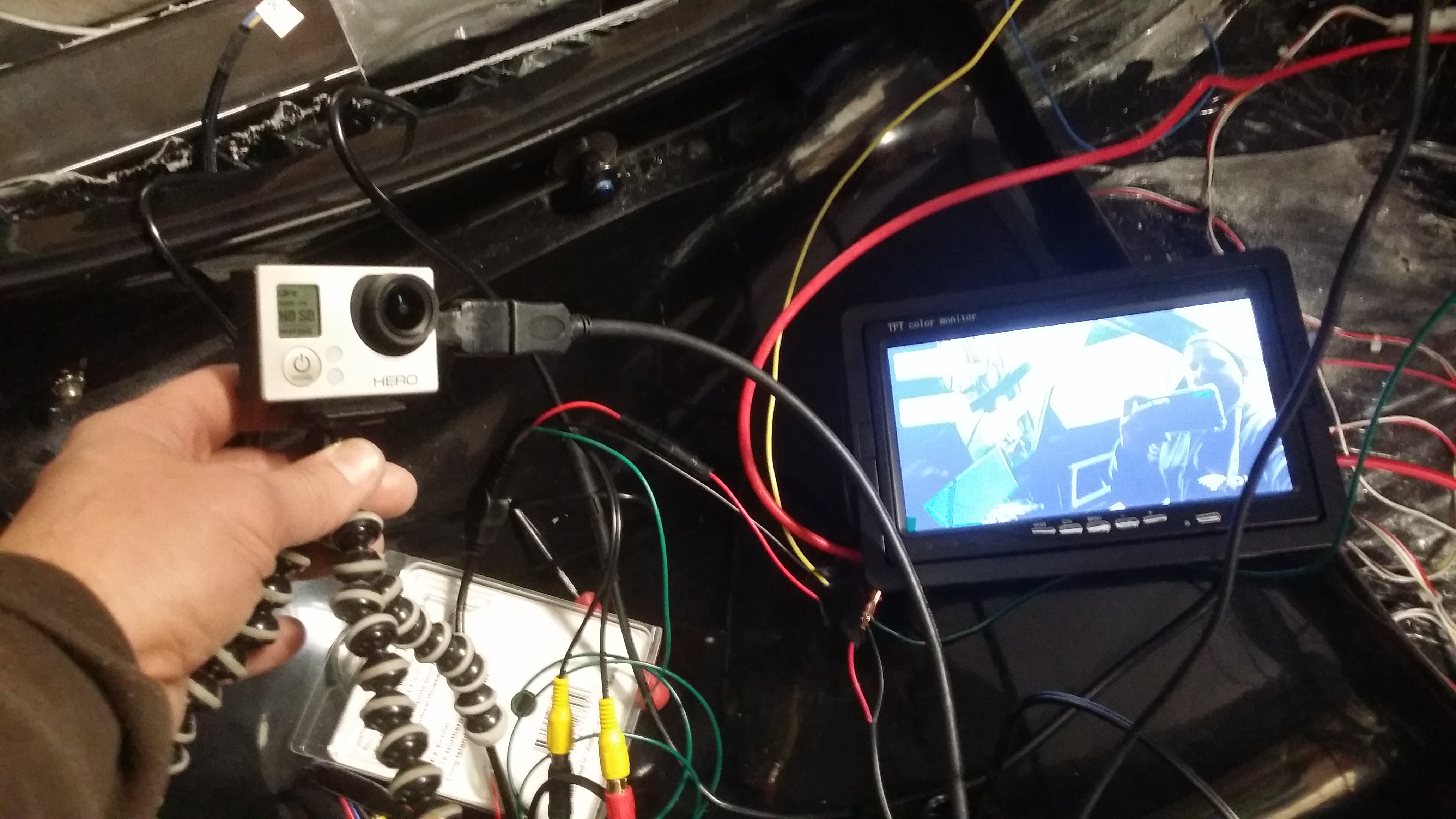I know the feeling, Scott. Something I had to learn how to cope with early on was how to deal with a roadblock that required rethinking the plan, ordering parts and MOVING ON to something else. Far far easier said than done. I'm so persistent I tend to keep beating the dead horse and don't see the forest from the trees.
Which is the perfect segue into the next topic from last night: my body fit woes have most likely been caused by poor alignment. That may seem obvious to others...I mean, why else would the body not fit? That's the first question that is asked when discussing body fits. But I followed Allan's tutorial to the letter, right down to getting the same digital level (which I love!). I trusted the alignment so the problem must be somewhere else. After all the changes I've made lately I started over from square one on the alignment. I was never too confident about the idea of basing the alignment off my floor. I felt confident how I accounted for it last time I did the alignment but this time around I took a different approach. I leveled the car. With a 48" conventional level. Front and rear. Turns out a 2x4 was required under the left rear tire and a 1x4 under the left front. Then i resumed Alans method. Wouldn't you know, the camber now showed it was way off. As I corrected it I started making adjustments in the direction that favored centering the body on the chassis.
A.J.
Which is the perfect segue into the next topic from last night: my body fit woes have most likely been caused by poor alignment. That may seem obvious to others...I mean, why else would the body not fit? That's the first question that is asked when discussing body fits. But I followed Allan's tutorial to the letter, right down to getting the same digital level (which I love!). I trusted the alignment so the problem must be somewhere else. After all the changes I've made lately I started over from square one on the alignment. I was never too confident about the idea of basing the alignment off my floor. I felt confident how I accounted for it last time I did the alignment but this time around I took a different approach. I leveled the car. With a 48" conventional level. Front and rear. Turns out a 2x4 was required under the left rear tire and a 1x4 under the left front. Then i resumed Alans method. Wouldn't you know, the camber now showed it was way off. As I corrected it I started making adjustments in the direction that favored centering the body on the chassis.
A.J.

.jpg)
.jpg)
.jpg)
.jpg)
.jpg)
.jpg)
.jpg)
.jpg)
.jpg)
.jpg)
.jpg)
.jpg)
.jpg)
.jpg)
.jpg)
.jpg)
.jpg)
